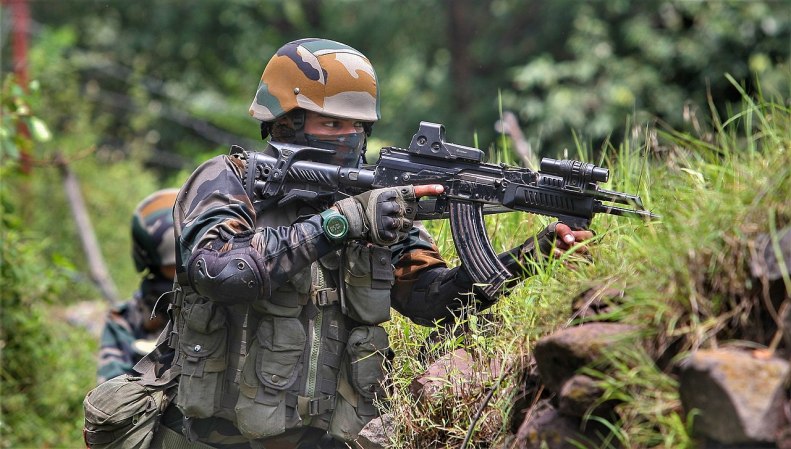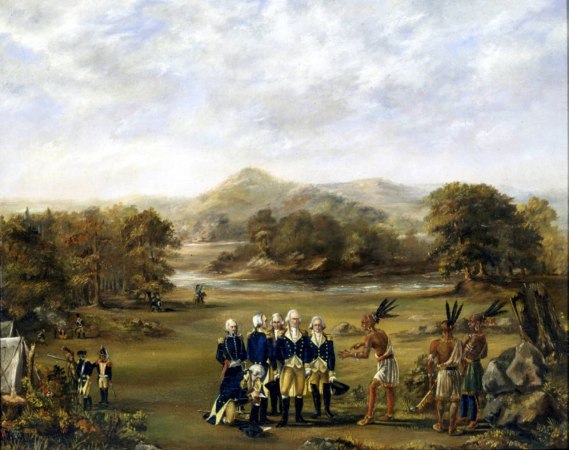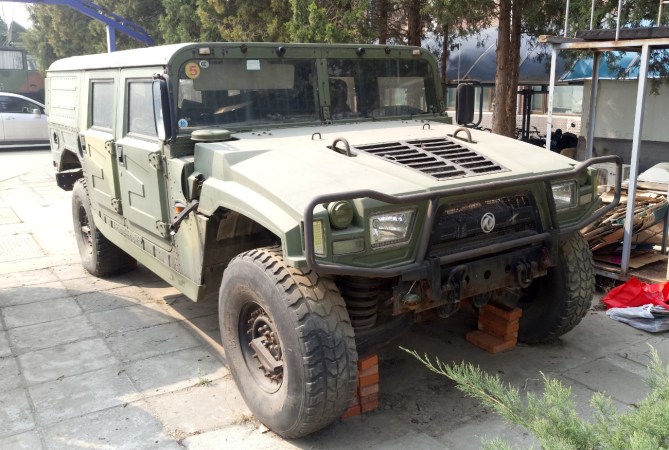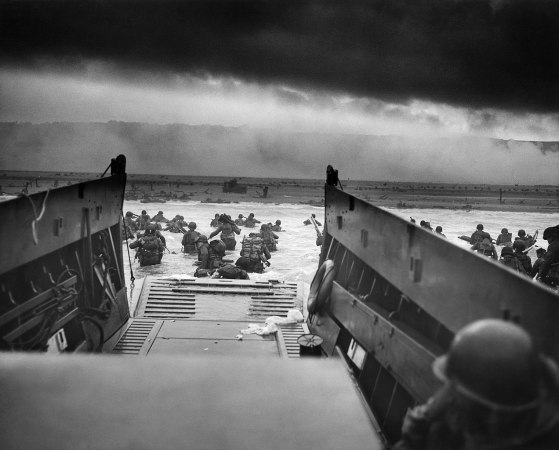Communist China entered Tibet and occupied the country in 1951, forcing it to adopt a 17-point agreement under the threat of violence. For eight years the Tibetans lived under the Communist yoke, until rising up against it in 1959. In the wake of that 1959 revolt, the Tibetan leader, the Dalai Lama, fled his country for India.
China, sensing an opportunity, used a Himalayan border skirmish to enter an all-out war with India in 1962. It was a war where naval and air assets could not be used, given the altitudes at which most of it was fought. China made big gains in the area, eventually calling its own ceasefire after pushing Indian forces back – but it wasn’t all glory for the People’s Republic.
In what was then called the North-East Frontier Agency (now the Indian state of Arunachal Pradesh), Indian forces had fought off four major Chinese advances into the area around the waterfall at Nuranang, and a big part of that success was the 4th Garhwal Rifles, one of the oldest regiments in the Indian Army.

First formed in 1887, the Garhwal Rifles were first a part of the Army of Bengal, then the British Indian Army and finally the Indian Army itself. The unit served in all of Bengal and British India’s frontier battles and in both World War I and World War II and it still exists today.
During the third Chinese advance on Nuranang on Nov. 17, 1962, a Chinese machine gun unit pushed its way close to the Indian lines and was wreaking havoc on the Indian defenses. The Indians knew they had to take out that machine gun before it killed them all and took on four volunteers to do it.
Riflemen Lance Naik, Trilok Singh Negi, Gopal Singh Gusain, and Jaswant Singh Rawat were those volunteers. They didn’t know they were about to make history.
Negi provided covering fire as Rawat and Gusain converged on the enemy machine gun nest. Using grenades, they silenced the gun, killing five enemy soldiers and taking control of the weapon. They attempted to bring the medium machine gun back to their lines and put it to use against their enemies, but Gusain and Negi were killed while running back. Rawat was seriously wounded by enemy fire.

Rawat was able to not only turn the weapon around and use it against the oncoming Chinese onslaught, he was able to use every weapon in their position against the enemy advance. For 72 hours, the wounded Indian soldier fought from every position in the line, moving from place to place as the Chinese began to assault him.
The war was not going well for India all along the battlefront. The Battle of Nuranang was the sole bright spot in the war until that point and Rawat was the soldier responsible. After three days of fighting, 300 Chinese troops lay dead before him. His volume of fire was so great, the enemy thought they were facing an entire battalion. In truth, it was one soldier, aided by two local girls.
Eventually, he was overrun and by the time the Chinese troops found the one man that had held them off for three days, they discovered he’d shot himself to prevent capture. They lopped off his head and took it to their commander. The Chinese commander ordered the remains returned and a brass bust of Rawat be forged and displayed at the site.
Rawat’s brilliant defense of his position earned him the Maha Vir Chakra, India’s second-highest award for valor in combat. It also helped secure the strategically vital Indian base – and the state – from falling into Chinese hands.
To honor Rawat, a Buddhist temple was constructed at the site where he fell and still displays the enemy-made bust of the brave soldier who defended it.










